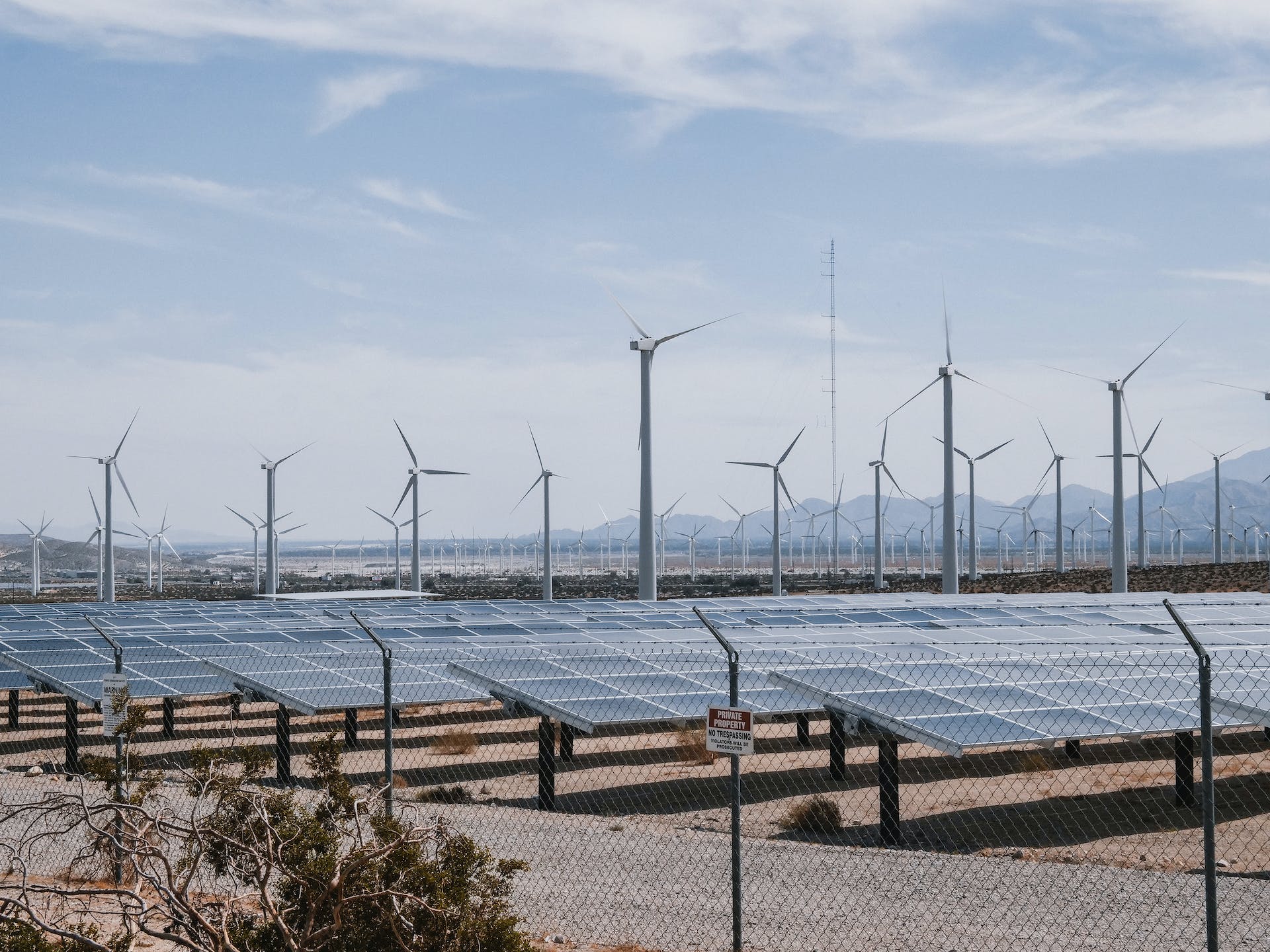Action against climate change is a challenge that needs to be addressed on two fronts. First, dealing with the irreversible effects that climate change is already having on our planet is called adaptation. Second, taking preventive measures to stop these effects from becoming worse in the future is called mitigation.
Therefore, mitigation and adaptation are two distinct processes. The first is related to the causes of climate change, and the second to its consequences.
Adaptation involves measures which minimise the impacts of climate change on societies by increasing their resilience.
However, mitigation is taking measures to directly target the cause of climate change, greenhouse gas emissions, to reduce the impact they will have in the future. Mitigation aims to reduce the concentration of greenhouse gases in the atmosphere by lowering emissions. For example, abandoning the use of fossil fuel energy and expanding forests to increase absorptions. Mitigation is crucial for achieving the long-term goals specified in the Paris Agreement, that is limiting the increase of the global average temperature to well below 2°C above pre-industrial levels, and making efforts to limit it to 1.5°C. According to the Intergovernmental Panel on Climate Change, a 43% cut in emissions compared to 2019 levels by the end of the decade is necessary to meet these goals.
Examples of Mitigation and Adaptation
Adaptation include:
- Building barriers to protect urban areas from sea-level rises.
- Building infrastructure and urban areas in non-coastal zones.
- Implementing new agricultural techniques that allow for the cultivation of low-water-demand crops in drought-prone areas.
- Funding medical research into the study and treatment of diseases that are likely to be spread with rising temperatures in some regions of the world.
- Enhancing the capacity and efficiency of wildfire prevention and suppression efforts in response to their increasing frequency and intensity.
Mitigation include:
- The phase-out of fossil fuels and the transition towards renewable energy sources.
- The use of battery electric vehicles.
- The implementation of emissions trading systems or a carbon tax.
- Reforestation and protection of forests and oceans, which will enhance the atmosphere’s carbon dioxide absorption capacity.
These mitigation measures are aimed at reducing greenhouse gas emissions, which is essential for limiting the increase of the global average temperature.
Mitigation and Adaptation: Two Fronts, One Common Goal
While they differ in practical terms, mitigation and adaptation depend on one another. Adaptation measures taken in the future will be determined by the mitigation efforts carried out today. This means that doing less mitigation now increases the need for more adaptation measures tomorrow.
Photo by Kindel Media




